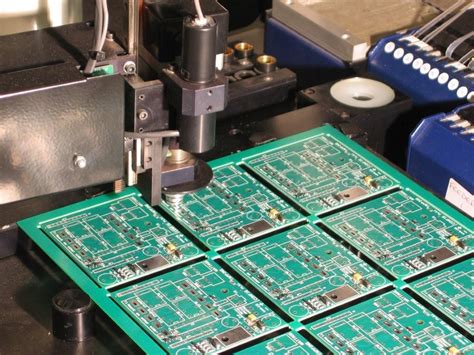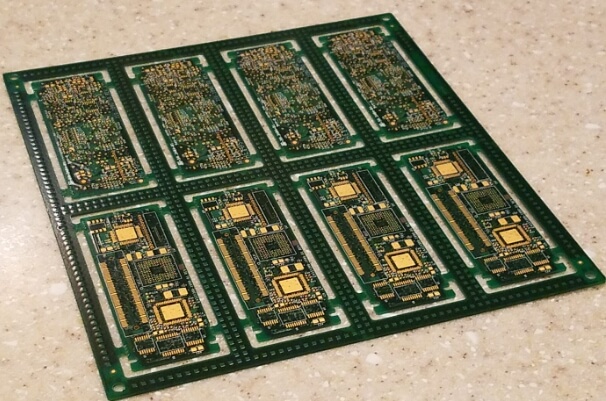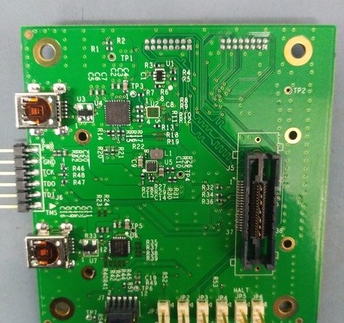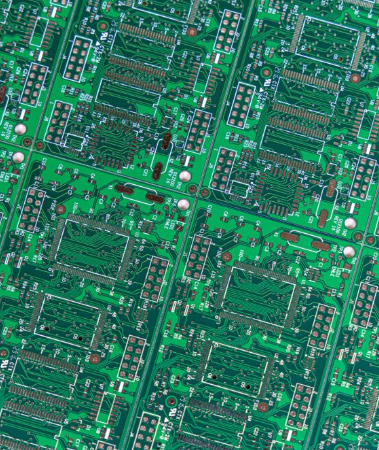The Importance of PCB Laminate in Modern Electronics
Introduction
Printed Circuit Boards (PCBs) serve as the backbone of nearly all modern electronic devices. From smartphones and computers to medical equipment and aerospace systems, PCBs enable the interconnection of electronic components in a compact and efficient manner. One of the most critical aspects of PCB manufacturing is the selection and use of appropriate PCB laminate materials. The laminate forms the substrate upon which the circuitry is built, influencing the board’s electrical performance, thermal stability, mechanical strength, and reliability.
This article explores the importance of PCB laminate materials, discussing their key properties, types, and impact on PCB performance. Additionally, we will examine how advancements in laminate technology contribute to the development of high-frequency, high-speed, and high-reliability PCBs.
1. What is PCB Laminate?
PCB laminate is the insulating base material used to construct the layers of a PCB. It typically consists of a woven fiberglass (FR-4 being the most common) or other reinforcement material impregnated with a resin (usually epoxy). The laminate provides mechanical support and electrical insulation between conductive copper layers.
Key Components of PCB Laminate:
- Core Material (Substrate): Provides structural integrity (e.g., FR-4, polyimide, Rogers materials).
- Copper Foil: Forms the conductive traces.
- Resin System: Binds the layers together (epoxy, polyimide, PTFE).
- Reinforcement Material: Enhances mechanical strength (fiberglass, ceramic, or organic fibers).
2. Why PCB Laminate is Crucial
A. Electrical Performance
The dielectric properties of the laminate directly affect signal integrity, especially in high-frequency and high-speed applications. Key factors include:
- Dielectric Constant (Dk): Determines signal propagation speed. Low Dk reduces signal delay.
- Dissipation Factor (Df): Affects signal loss. Lower Df minimizes attenuation in high-frequency circuits.
Poor laminate selection can lead to signal distortion, crosstalk, and electromagnetic interference (EMI).
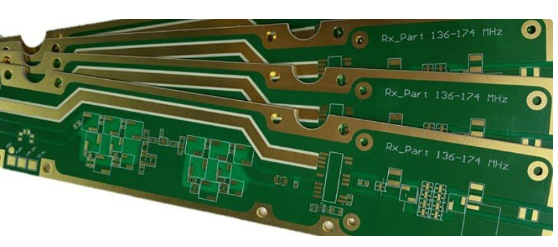
B. Thermal Management
PCBs in power electronics and high-performance computing generate significant heat. The laminate must:
- Withstand high temperatures without delamination.
- Have a high glass transition temperature (Tg) to prevent softening.
- Exhibit low coefficient of thermal expansion (CTE) to avoid warping under thermal cycling.
Advanced laminates like metal-core (IMS) and ceramic-filled materials improve heat dissipation.
C. Mechanical Strength and Reliability
The laminate must endure mechanical stresses during manufacturing (drilling, lamination) and operation (vibration, shock). Key considerations:
- Flexural strength to prevent cracking.
- Peel strength to ensure copper adhesion.
- Moisture resistance to avoid degradation in humid environments.
D. High-Frequency and High-Speed Applications
With the rise of 5G, IoT, and high-speed computing, specialized laminates (e.g., Rogers, PTFE-based materials) are essential for:
- Minimizing signal loss at microwave and millimeter-wave frequencies.
- Supporting impedance-controlled designs.
- Reducing parasitic effects in RF and microwave circuits.
3. Common Types of PCB Laminates
A. FR-4 (Flame Retardant-4)
- Most widely used due to cost-effectiveness and balanced performance.
- Suitable for general-purpose PCBs but limited in high-frequency applications.
B. High-Tg FR-4
- Enhanced thermal resistance (Tg > 170°C).
- Used in lead-free soldering and high-power applications.
C. Polyimide Laminate
- Excellent thermal stability (Tg > 250°C) and flexibility.
- Common in aerospace and military applications.
D. PTFE (Teflon) Based Laminates
- Ultra-low Dk and Df for RF/microwave PCBs.
- Used in radar systems and satellite communications.
E. Metal-Core Laminates (IMS)
- Aluminum or copper core for superior heat dissipation.
- Ideal for LED lighting and power electronics.

4. Impact of Laminate Selection on PCB Manufacturing
A. Manufacturing Yield
Poor laminate choice can lead to:
- Delamination during soldering.
- Drill breakage due to brittleness.
- Warping, leading to misalignment in multilayer PCBs.
B. Cost Considerations
- Standard FR-4 is economical but may not meet high-performance needs.
- High-frequency laminates (e.g., Rogers) are expensive but necessary for specialized applications.
C. Environmental Compliance
- Halogen-free and RoHS-compliant laminates are increasingly demanded.
- Some industries require UL-certified materials for safety.
5. Future Trends in PCB Laminate Technology
A. Low-Loss Materials for 5G and Beyond
- Development of laminates with ultra-low Df for mmWave applications.
B. Embedded Passive and Active Components
- Advanced laminates enabling integration of resistors/capacitors within the PCB.
C. Sustainable and Recyclable Laminates
- Bio-based resins and recyclable materials to reduce environmental impact.

Conclusion
PCB laminate is a foundational element that dictates the performance, reliability, and manufacturability of printed circuit boards. Selecting the right laminate involves balancing electrical, thermal, and mechanical properties while considering cost and application requirements. As electronics continue to evolve—especially in high-frequency, high-speed, and high-power domains—the role of advanced laminates becomes even more critical.
Investing in high-quality PCB laminates ensures long-term reliability, signal integrity, and thermal stability, making them indispensable in modern electronics. Future innovations in laminate technology will further push the boundaries of PCB design, enabling next-generation applications in telecommunications, automotive, and IoT.

